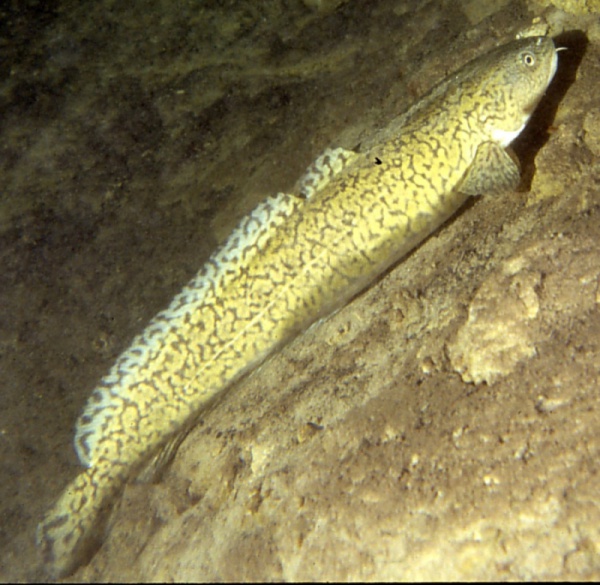Facts About Burbot
The burbot is a captivating freshwater fish renowned for its distinctive characteristics and array of names, including bubbot, mariah, freshwater ling, and eelpout. As a member of the Gadiformes order, it shares close ties with marine species such as the ling and cusk. Uniquely, the burbot is the sole species in the genus Lota and is notable for its ability to live beneath ice for part of the year, requiring cold temperatures for breeding.
Visually, the burbot is quite an anomaly, combining features of both catfish and eel, highlighted by a pronounced chin barbel. Its elongated body and flattened head, coupled with small teeth lining a broad mouth, create its distinctive appearance. The burbot also has two dorsal fins and an extended anal fin, along with relatively small pectoral fins, indicating its bottom-dwelling lifestyle.
Geographically, burbot inhabit freshwater environments north of the 40°N latitude, ranging from Europe to North America. These fish flourish in lakes and streams, with notable populations in Lake Erie and the Great Lakes. Genetic studies hint at potential subspecies, adding another dimension to their biological interest.
Burbot thrive in cold environments, occupying large rivers, lakes, and reservoirs. During summer, they reside in deeper, cooler waters but move to shallower areas to spawn. As active hunters, burbot spawn under ice at low temperatures. They reach sexual maturity between four to seven years, with females laying thousands of eggs at once.
Diet-wise, burbot are opportunistic feeders. Larvae consume invertebrates, while adults primarily eat fish, along with insects and macroinvertebrates. Burbot have commercial value; their meat is a delicacy in some regions, and their liver, rich in vitamins A and D, is used to produce specialized liver products.
Anglers often target burbot, some catching notably large individuals. However, burbot populations can sometimes disrupt local ecosystems by affecting native fish species. Conservation efforts are complicated due to their deep-water habitats and complex reproductive patterns, with threats including pollution, habitat changes, and invasive species.

 Finland
Finland